 |
 |
 |
| |
Pegozafermin for the treatment of non-alcoholic steatohepatitis patients
with F2/F3 fibrosis: a multi-center, randomized, double-blind,
placebo-controlled Phase 2b trial (ENLIVEN)
|
| |
| |
Pegozafermin Improves Fibrosis and Resolves NASH in 24-Week Placebo Trial
Download the PDF here
EASL Congress 2023, June 21-24, Vienna
Published df attached
Mark Mascolini
Pegozafermin, an investigational fibroblast growth factor (FGF)21 analog, improved fibrosis without worsening nonalcoholic steatohepatitis (NASH)-and resolved NASH without worsening fibrosis-in the first 24 weeks of a randomized, double-blind, placebo-controlled, phase 2b trial [1]. Efficacy of this subcutaneously injected drug proved similar with 30 mg weekly or 44 mg every 2 weeks. ENLIVEN trial researchers published results around the time of EASL in the New England Journal of Medicine [2].
The investigators randomized people with biopsy-confirmed NASH and stage F2 or F3 (moderate or severe) fibrosis to (1) subcutaneous pegozafermin at 15 mg once weekly, (2) subcutaneous pegozafermin at 30 mg once weekly, (3) subcutaneous pegozafermin at 44 mg once every 2 week, or (4) placebo weekly or every 2 weeks. Primary efficacy endpoints at 24 weeks were at least a 1-stage improvement in fibrosis with no NASH worsening and NASH resolution with no fibrosis worsening. After week 24 a blinded extension phase will last another 24 weeks.
Three pathologists working independently scored all biopsies and statisticians included scores when 2 or all 3 pathologists agreed. Only 5% of scores required a consensus call or use of the median value.
ENLIVEN randomized 192 people with F2 of F3 fibrosis and a nonalcoholic fatty liver disease (NAFLD) activity score (NAS) at or above 4, placing 14 participants in the 15-mg weekly pegozafermin group, 66 in the 30-mg weekly group, 51 in the 44-mg every-2-week group, and 61 in the placebo group.
Treatment arms were similar in age (overall average 56), proportion of women (61%), average body mass index (37 kg/m2), proportion with type 2 diabetes (66%), fibrosis stage (60% F3), NAS (5.1), alanine aminotransferase (ALT, 56 U/L), and other liver and metabolic variables.
Either of the two higher doses of pegozafermin had significantly higher proportions of responders at week 24 for (1) fibrosis improvement of at least 1 stage with no worsening NASH (27% on 44 mg every 2 weeks, P = 0.008 vs placebo; 26% on 30 mg once weekly P = 0.009 vs placebo; 22% on 15 mg weekly, P =0.10, not significant; and 7% on placebo) and (2) NASH resolution without worsening fibrosis (26% on 44 mg every 2 weeks, P < 0.001 vs placebo; 23% on 30 mg once weekly, P < 0.001 vs placebo; 37% on 15 mg, P < 0.001 vs placebo; 2% on placebo). Compared with placebo, relative risk of achieving the fibrosis endpoint was 4.1 (95% confidence interval [CI] 1.3 to 12.9) with 44 mg every 2 weeks and 3.7 (95% CI 1.2 to 10.8) with 30 mg weekly, and relative risk of achieving the NASH endpoint was 12.7 (95% CI 1.9 to 84.5) with 44 mg every 2 weeks and 12.8 (95% CI 1.7 to 97.1) with 30 mg weekly.
In both the 30-mg and 44-mg pegozafermin arms versus placebo, fibrosis improvement remained consistently greater across several subgroups: type 2 diabetes status, baseline fibrosis stage F2 or F3, baseline MRI-PDFF (a liver fat measure), baseline ALT, and baseline NAS. Pegozafermin at either of these doses also did significantly better than placebo when researchers (1) combined the fibrosis and NASH endpoints and (2) combined at least a 2-point NAS improvement, MRI-PDFF response, and ALT response.
The two higher pegozafermin doses yielded significant improvements in noninvasive fibrosis markers at week 24, including absolute change in enhanced liver fibrosis (ELF) score at 24 weeks (-0.3 with 44 mg, -0.3 with 30 mg, +0.2 with placebo, P < 0.001 for both comparisons), absolute change in FIB-4 at 24 weeks (-0.4 with 44 mg, -0.3 with 30 mg, +0.1 with placebo, P < 0.001 for both comparisons), and percent change from baseline in the NASH marker PRO-C3 (-17% with 44 mg, -18% with 30 mg, +6% with placebo, P < 0.001 for both comparisons). The two higher doses of pegozafermin also significantly outperformed placebo in week-24 markers of liver inflammation and fibrosis: absolute change from baseline in cT1 (an MRI-based measure of liver inflammation and fibrosis), absolute change from baseline in vibration-controlled transient elastography (VCTE), and percent change from baseline in FibroScan-AST (FAST) score.
Among 37 ENLIVEN trial participants who took a GLP-1 agonist for diabetes during the trial, pooled pegozafermin arms outdid placebo in lowering ELF score, ALT, HbA1c, VCTE, and MRI-PDFF.
Drug-related adverse events leading people to stop treatment arose in 5% taking 15 mg of pegozafermin weekly, 6% taking 30 mg weekly, 2% taking 44 mg every 2 weeks, and no one taking placebo. Drug-related serious adverse events occurred in 2% taking 44 mg of pegozafermin every 2 weeks but in no one in the other pegozafermin arms or the placebo group. The most frequent drug-related adverse events were diarrhea (17% taking 30 mg weekly, 9% taking 44 mg every 2 weeks), nausea (21% taking 30 mg weekly, 18% taking 44 mg every 2 weeks), injection site redness (14% taking 30 mg weekly, 5% taking 44 mg every 2 weeks), injection site rash (10% taking 30 mg weekly, 4% taking 44 mg every 2 weeks), and increased appetite (13% taking 30 mg weekly, 5% taking 44 mg every 2 weeks). These results suggest the every-2-week dose may be more tolerable.
Researchers plan a phase 3 trial of pegozafermin.
References
1. Loomba R, Sanyal A, Kowdley K, et al. Pegozafermin for the treatment of non-alcoholic steatohepatitis patients with F2/F3 fibrosis: a multi-center, randomized, double-blind, placebo-controlled Phase 2b trial (ENLIVEN). EASL Congress 2023, June 21-24, Vienna. Abstract LBO-05.
2. Loomba R, Sanyal AJ, Kowdley KV, et al. Randomized, controlled trial of the FGF21 analogue pegozafermin in NASH. N Engl J Med. DOI: 10.1056/NEJMoa2304286. https://www.nejm.org/doi/full/10.1056/NEJMoa2304286
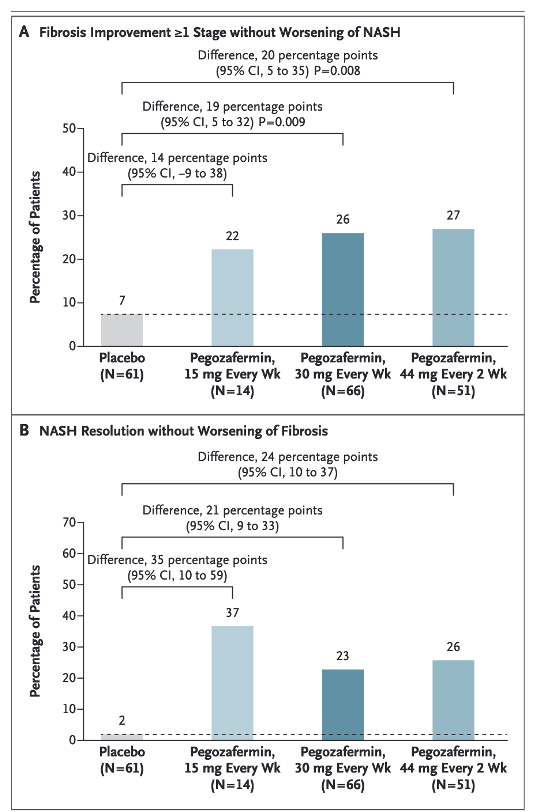
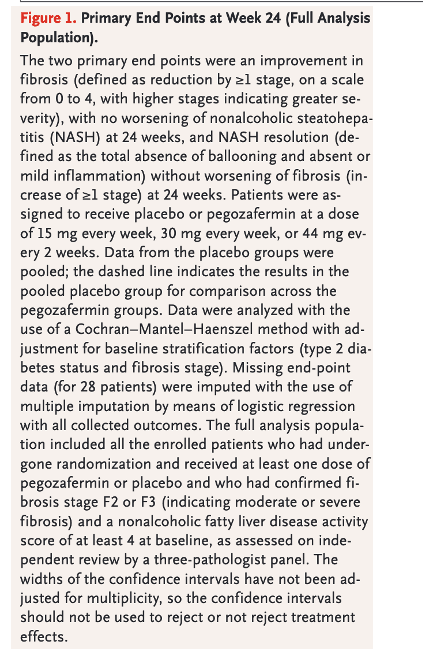
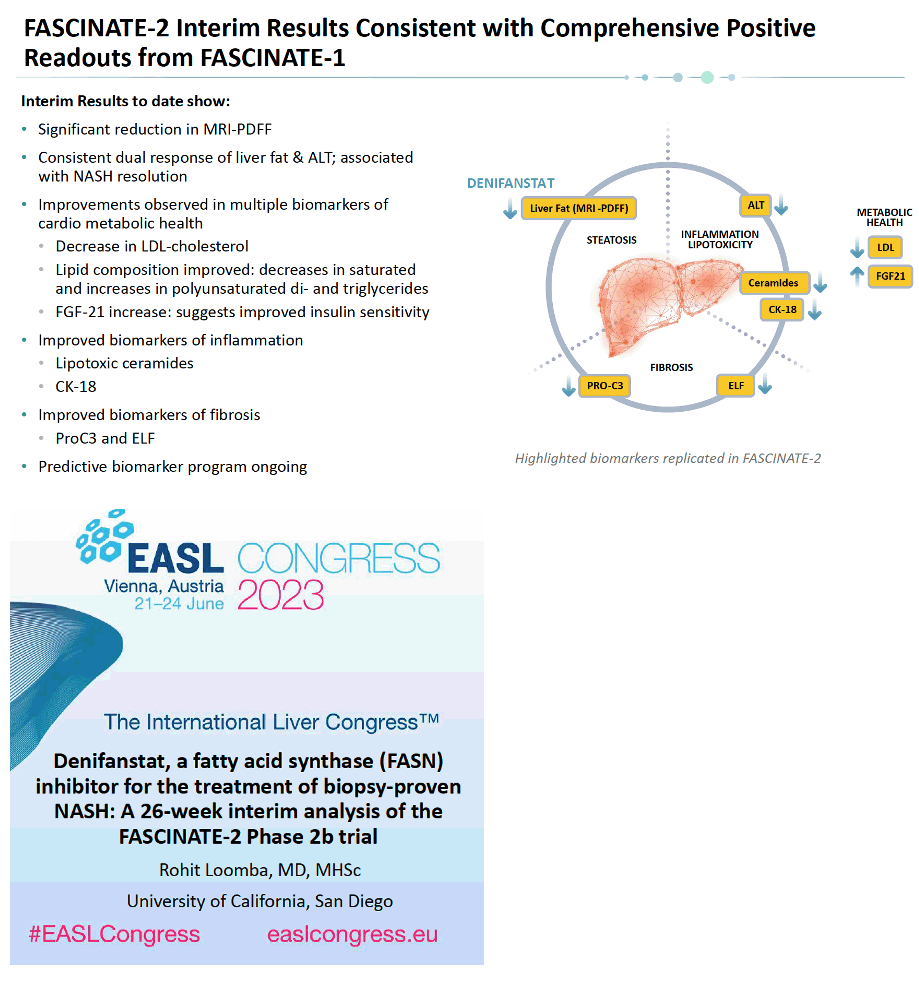
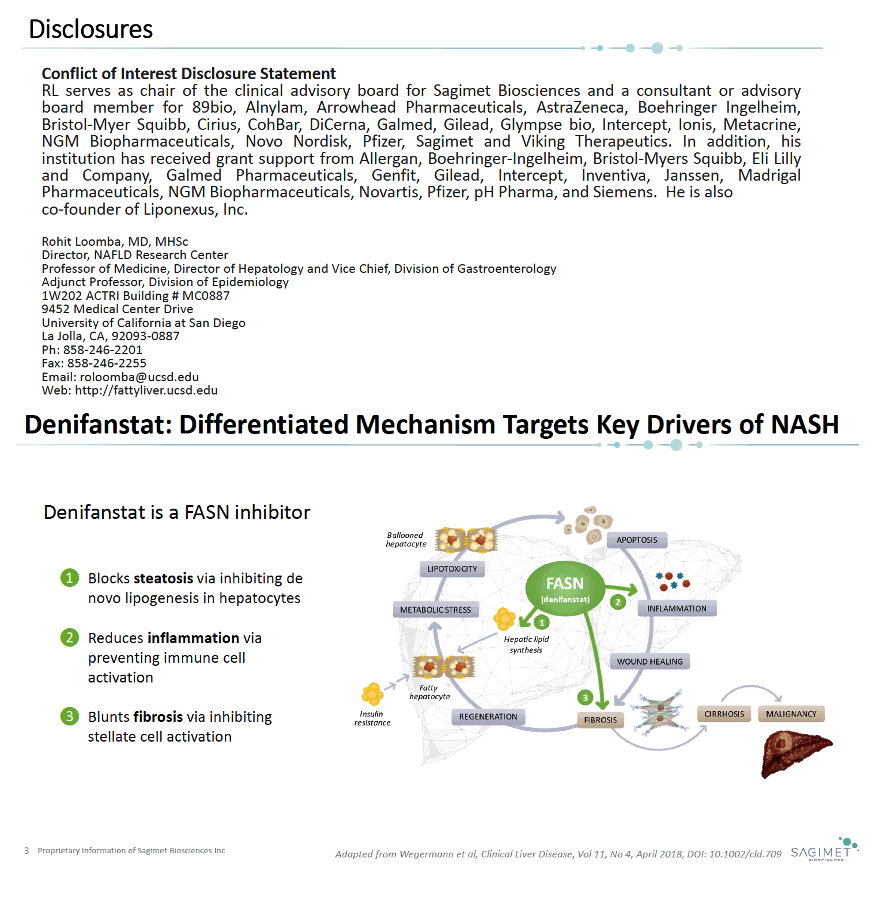
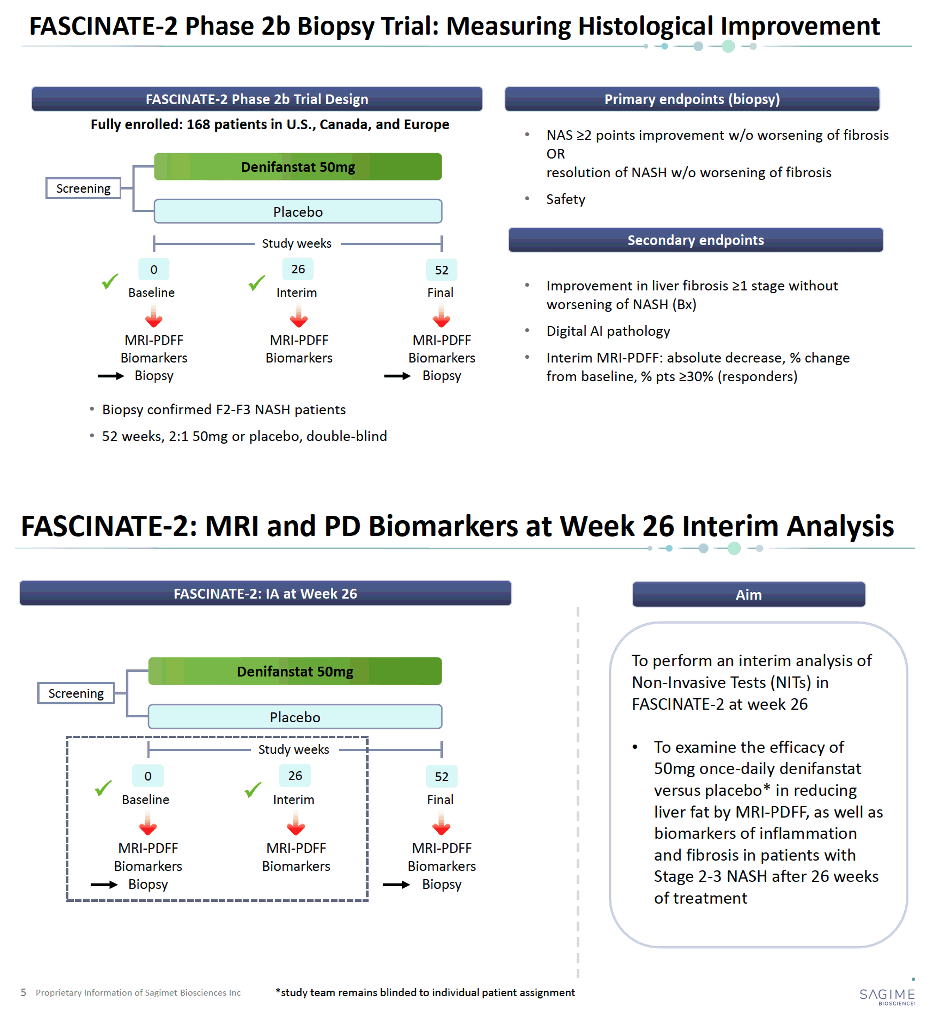
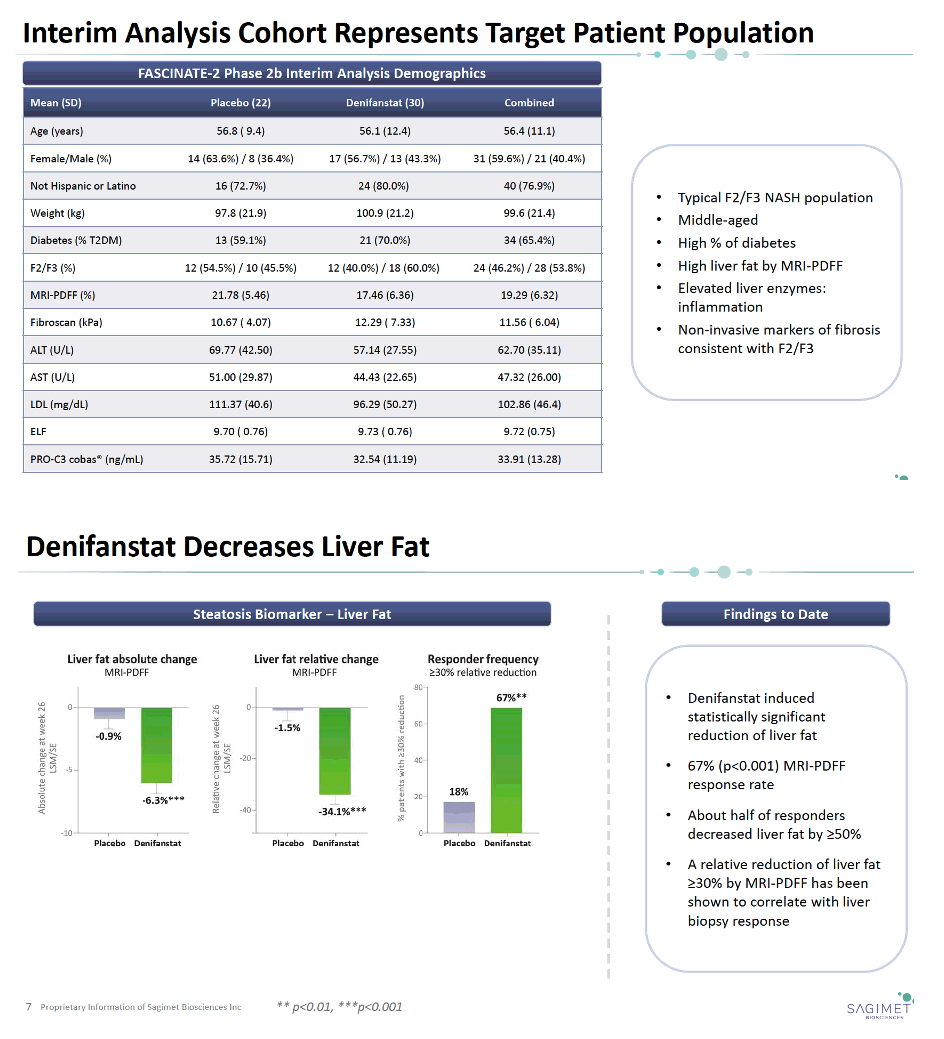
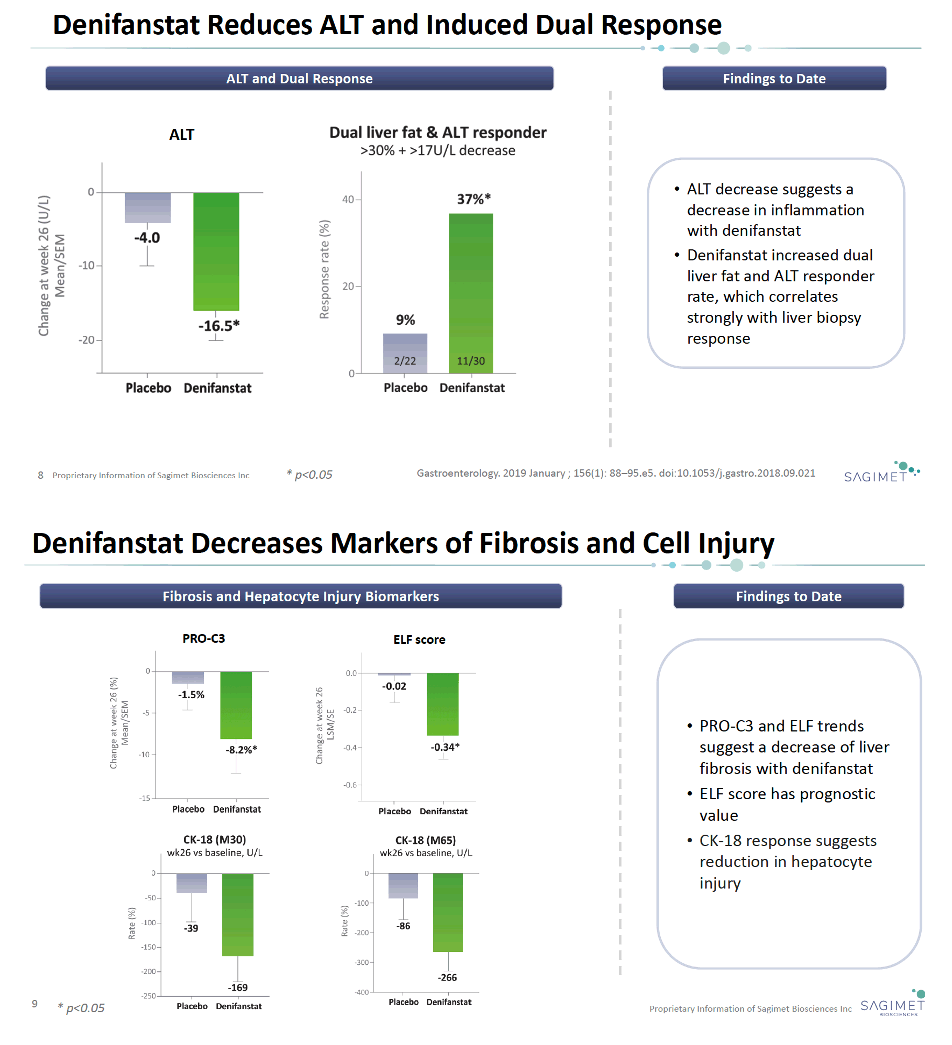
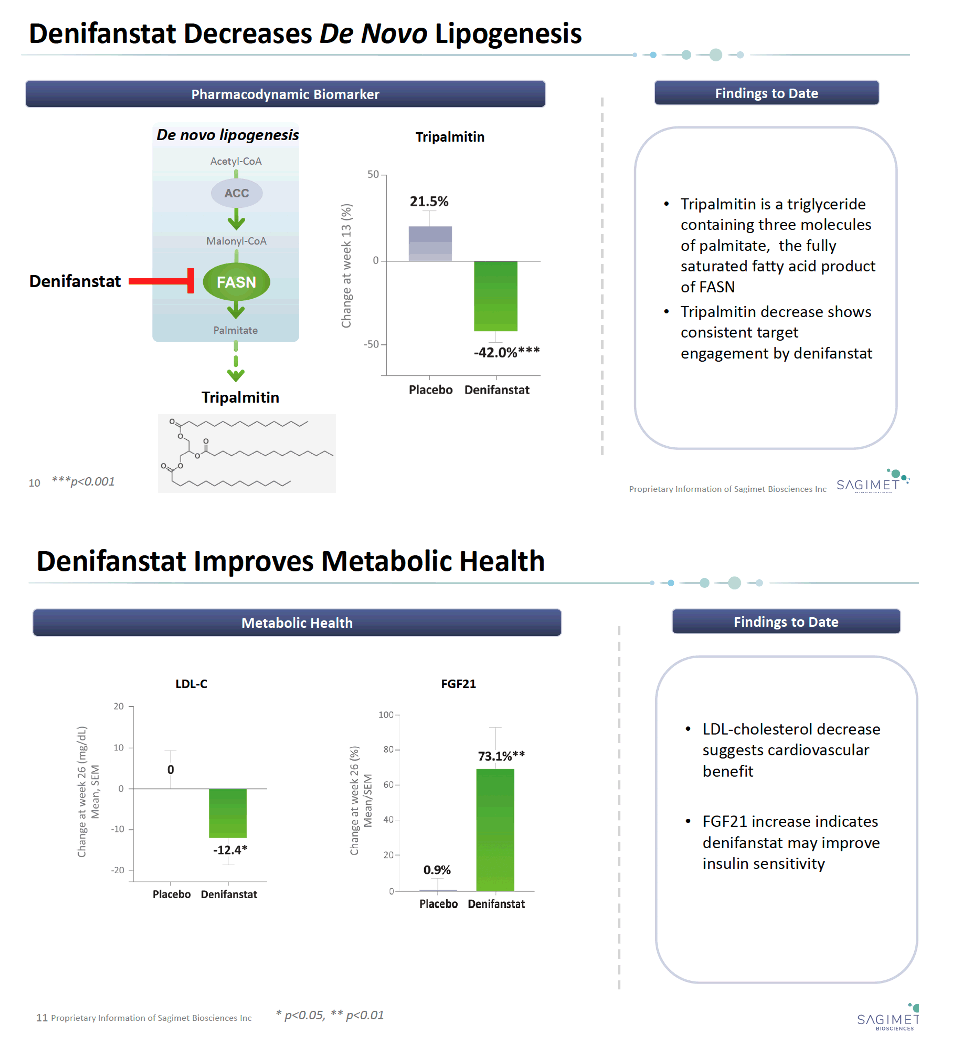
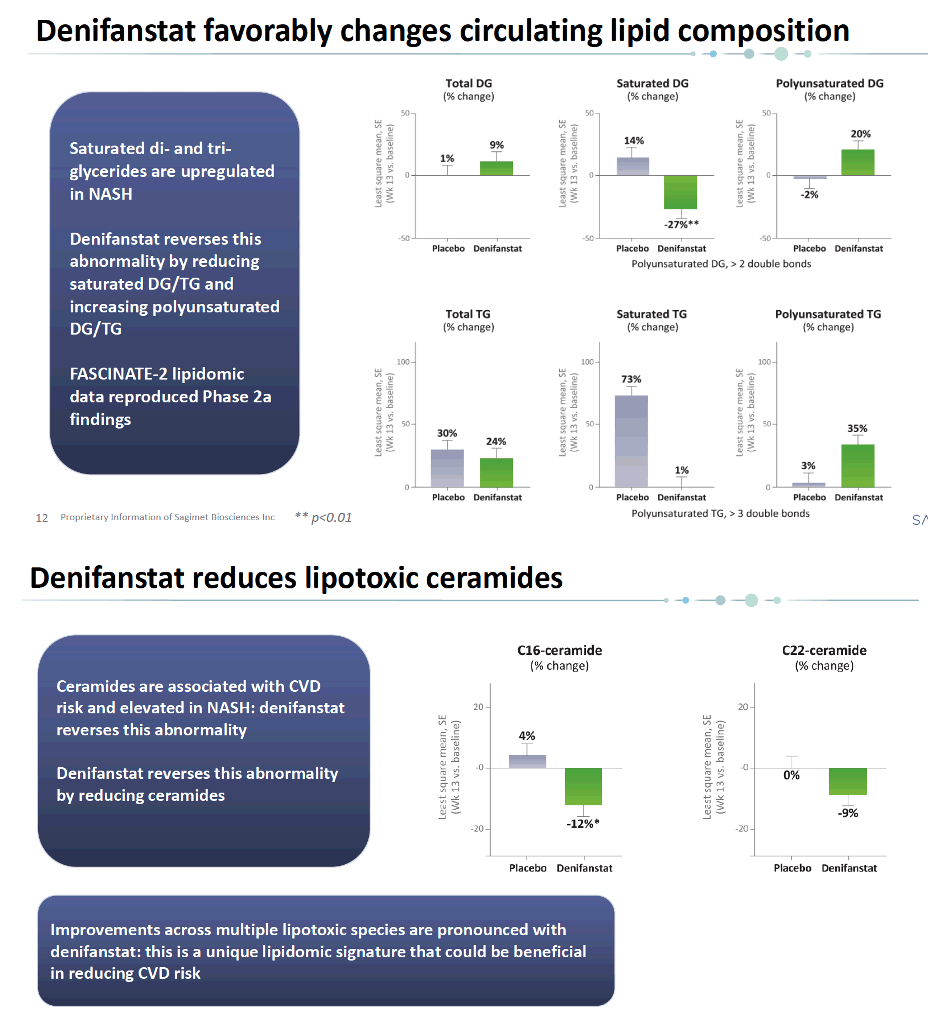
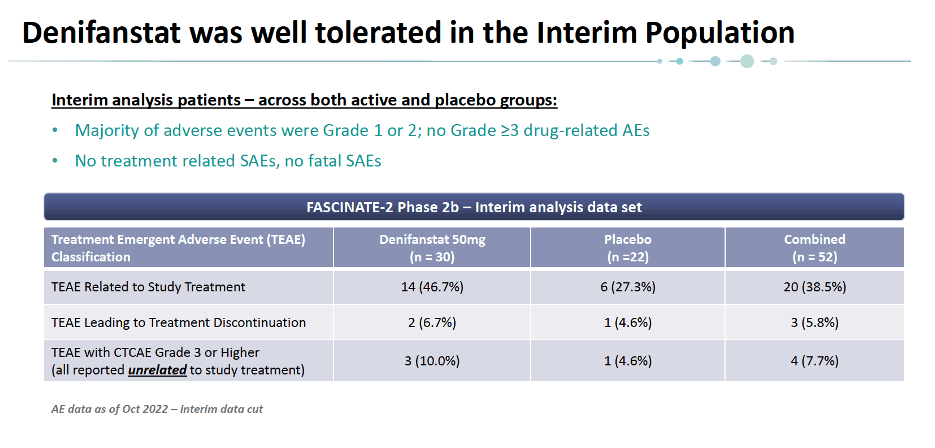
|
| |
|
 |
 |
|
|